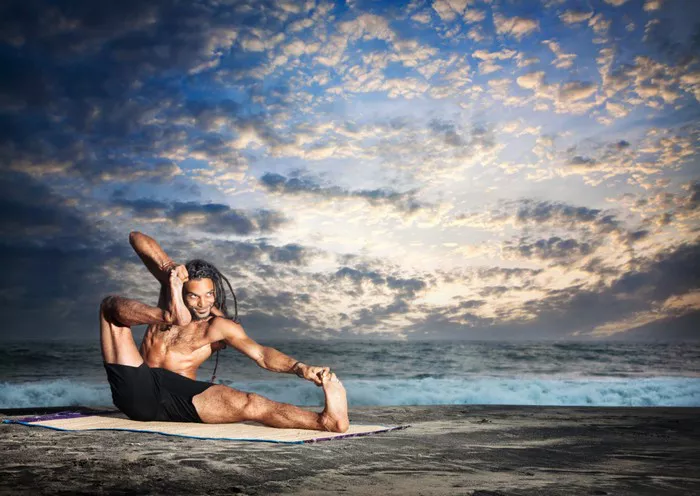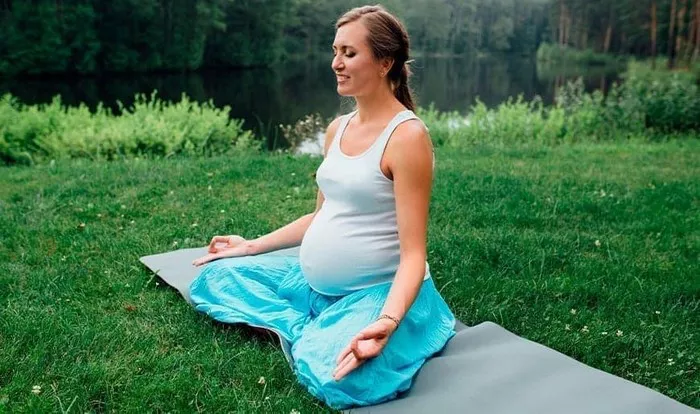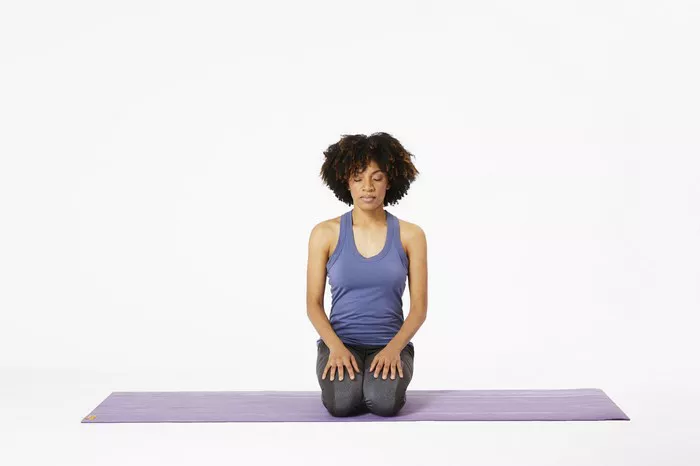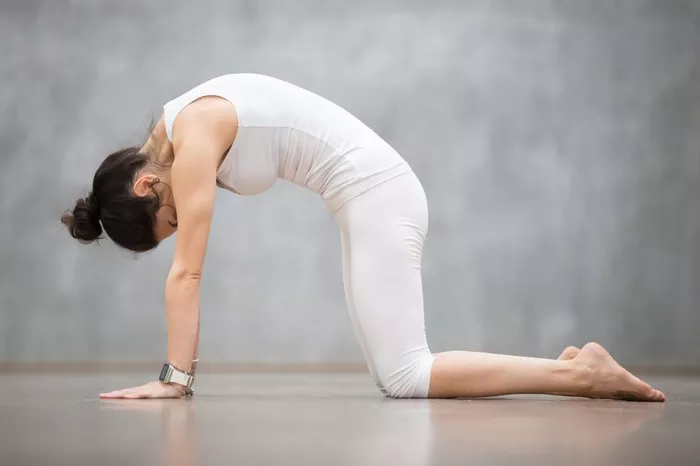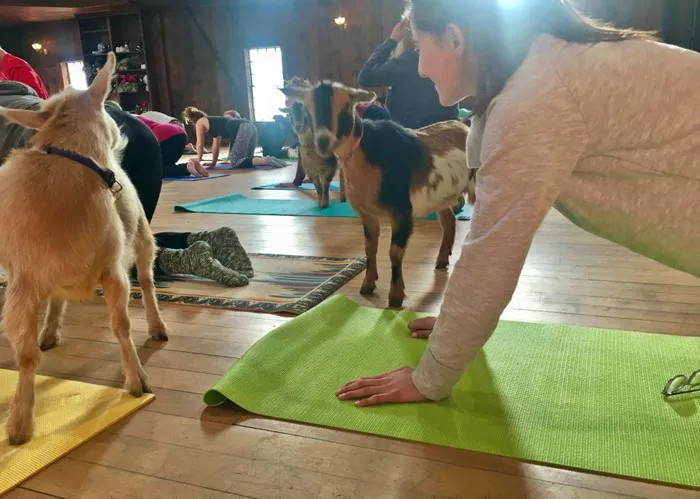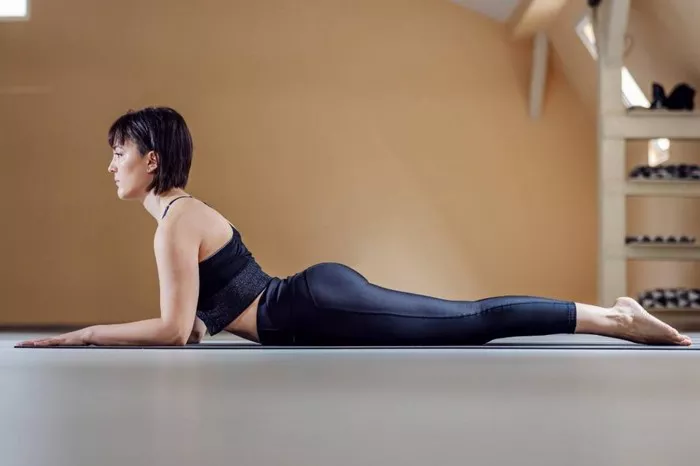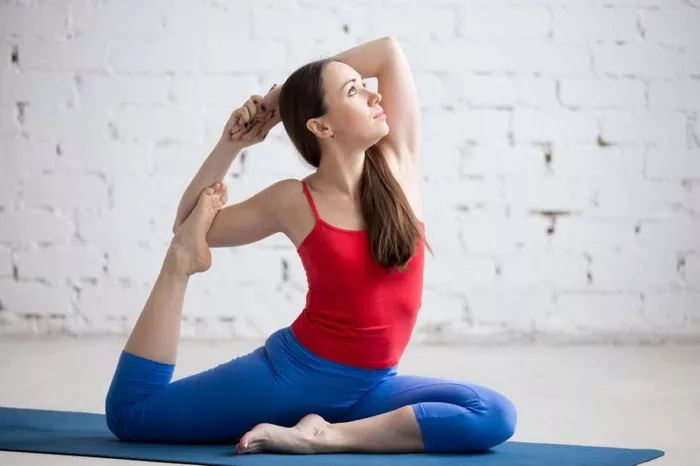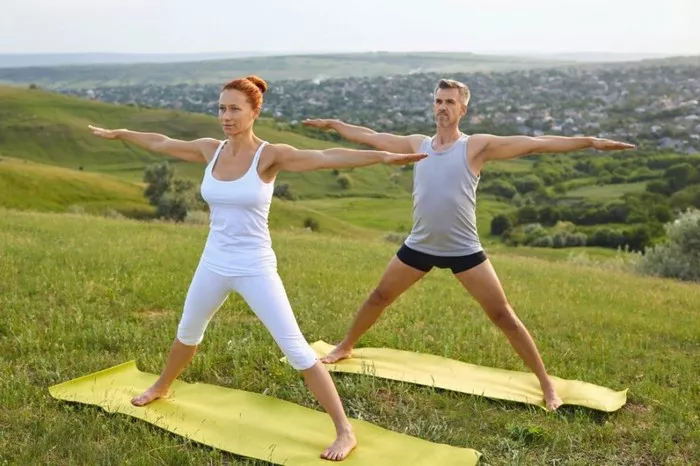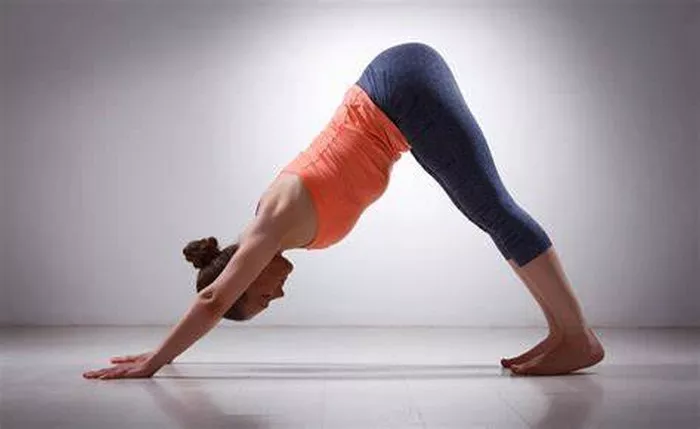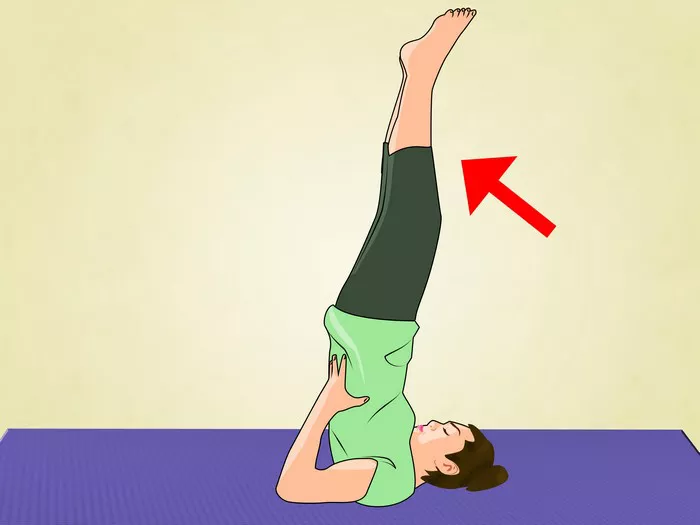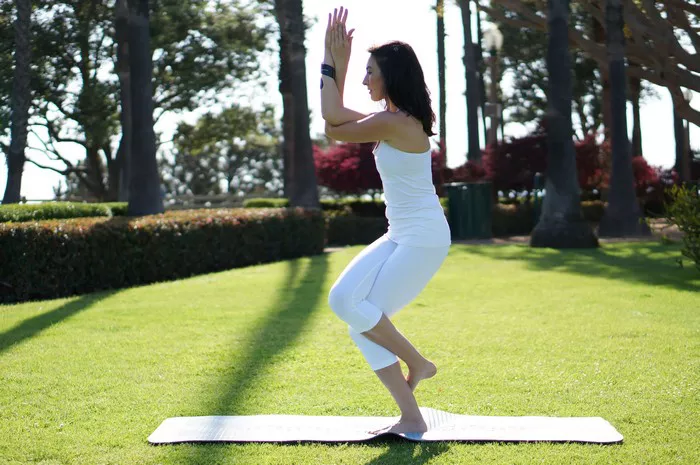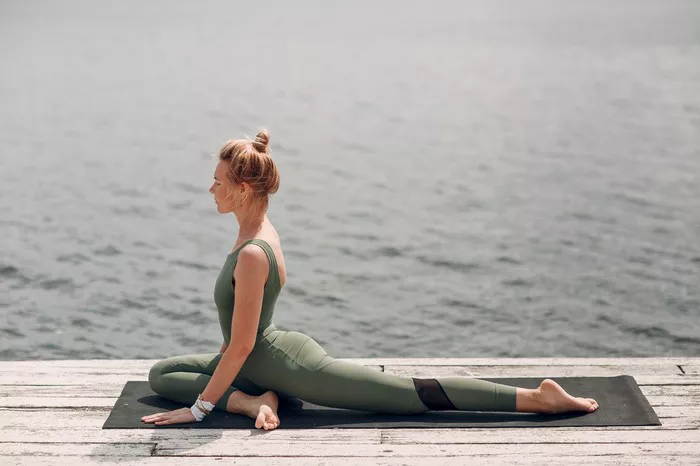Yoga, an ancient practice originating from India, encompasses a rich tapestry of poses designed to cultivate physical strength, mental clarity, and spiritual well-being. Among the myriad of postures within the yoga repertoire, the Archer Pose stands out for its grace, strength, and symbolism. In this article, we delve into the origins, benefits, variations, instructions, and precautions associated with the Archer Pose, providing a comprehensive guide for practitioners of all levels.
Origins and Symbolism
The Archer Pose, or Akarna Dhanurasana in Sanskrit, finds its roots in the sacred texts of yoga, notably the Hatha Yoga Pradipika and the Gheranda Samhita. The name “Akarna Dhanurasana” translates to “Archer Pose,” with “Akarna” meaning “ear,” “Dhanura” meaning “bow,” and “Asana” meaning “pose” or “posture.” This pose is said to mimic the stance of an archer preparing to release an arrow, embodying focus, precision, and strength.
Symbolically, the Archer Pose represents the pursuit of balance between effort and surrender, action and stillness. The archer draws the bowstring with intention and determination, yet must also relinquish control and trust in the process of releasing the arrow. This duality mirrors the yogic principle of finding equilibrium in life’s challenges, embracing both effortful striving and graceful acceptance.
Physical and Mental Benefits
The Archer Pose offers a plethora of physical and mental benefits, making it a valuable addition to any yoga practice:
1. Strengthens the Core and Legs: As the body assumes a semi-squat position with one leg extended, the muscles of the core, thighs, and glutes engage to maintain stability and balance.
2. Improves Concentration and Focus: Holding the pose requires mental concentration, enhancing focus and mindfulness as practitioners attune to the alignment of their bodies and breath.
3. Enhances Flexibility in the Hips and Groin: The extended leg in the Archer Pose stretches the hip flexors and groin muscles, promoting greater flexibility and range of motion in these areas.
4. Stimulates Digestion: The compression of the abdomen in the pose can aid in digestion and alleviate digestive discomfort by stimulating the organs of the digestive system.
5. Promotes Mental Clarity and Emotional Balance: Through the integration of breath and movement, practitioners cultivate a sense of inner calm and emotional equilibrium, fostering mental clarity and resilience.
Variations and Modifications
While the traditional Archer Pose offers numerous benefits, variations and modifications can accommodate practitioners of different abilities and address specific needs:
1. Supported Archer Pose: For beginners or those with limited flexibility, placing a yoga block or bolster under the extended thigh can provide support and reduce strain on the hips and knees.
2. Half Archer Pose: Instead of extending one leg fully, practitioners can keep the extended leg bent at the knee, easing pressure on the hamstrings and allowing for a gentler stretch.
3. Wall Support: Practicing the Archer Pose with the back against a wall can assist in maintaining proper alignment and balance, especially for those working on stability and alignment.
4. Dynamic Archer Flow: Incorporating dynamic movements, such as pulsing or swaying gently in and out of the pose, can deepen the stretch and increase mobility while promoting fluidity in the body.
5. Chair Archer Pose: Individuals with mobility issues or those recovering from injury can perform a seated variation of the Archer Pose using a sturdy chair for support, focusing on alignment and breath awareness.
Step-by-Step Instructions
Follow these step-by-step instructions to practice the Archer Pose safely and effectively:
1. Begin in a standing position at the top of your mat with your feet hip-width apart and arms relaxed by your sides.
2. Shift your weight onto your left leg and bend your left knee, coming into a half-squat position. Keep your left foot firmly rooted on the ground.
3. Extend your right leg straight out to the side, with your toes pointing forward and the sole of your foot pressing firmly into the mat. Maintain a slight external rotation in the right hip to protect the knee.
4. Inhale as you extend your arms out to the sides at shoulder height, parallel to the floor.
5. Exhale and bend your left elbow, bringing your forearm across your body to the centerline.
6. With your right hand, grasp the left elbow and gently draw it towards the midline of your body, feeling a stretch in the left side of your torso. Keep both shoulders relaxed and away from the ears.
7. Maintain a steady gaze (drishti) in front of you to help with balance and focus. Hold the pose for 5-10 breaths, or as long as comfortable.
8. To release, inhale as you straighten your left arm and return to the starting position.
9. Repeat the pose on the opposite side, shifting your weight onto your right leg and extending your left leg out to the side.
Precautions and Contraindications
While the Archer Pose offers numerous benefits, it may not be suitable for everyone. Practitioners with the following conditions should approach this pose with caution or avoid it altogether:
1. Knee or Hip Injuries: Individuals with knee or hip injuries should avoid fully extending the leg in the Archer Pose or perform modified variations with the guidance of a qualified yoga instructor.
2. Lower Back Issues: Those with lower back pain or discomfort should engage the core muscles to support the spine and avoid overarching the lumbar region during the pose.
3. Balance Issues: Practitioners with balance issues or vestibular disorders should practice near a wall or with the support of a chair to prevent falls or loss of balance.
4. High Blood Pressure: Individuals with uncontrolled high blood pressure should avoid holding the breath or practicing intense breath retention (kumbhaka) during the pose, opting for gentle, rhythmic breathing instead.
5. Pregnancy: Pregnant individuals should consult with a healthcare provider before practicing the Archer Pose, especially during the second and third trimesters. Modified variations may be more suitable to accommodate the changing needs of the body.
Conclusion
In conclusion, the Archer Pose embodies the essence of strength, focus, and balance, offering practitioners a pathway to physical vitality and inner harmony. By exploring its origins, benefits, variations, instructions, and precautions, yoga enthusiasts can deepen their understanding and appreciation of this empowering posture, integrating it mindfully into their practice for holistic well-being. Whether standing tall as a warrior or bending gracefully as an archer, may we find strength and serenity in the journey of yoga.
FAQs:
What is the bow pose used for?
The Bow Pose, also known as Dhanurasana, is primarily used to stretch and strengthen the back muscles, including the spine, shoulders, and neck. It also opens the chest, shoulders, and abdomen, stimulating the organs and improving digestion.
How long should I hold a Bow Pose?
The duration for holding a Bow Pose can vary depending on your level of experience and comfort. Beginners may start with holding the pose for around 15-20 seconds and gradually increase the duration as they build strength and flexibility. Advanced practitioners may hold the pose for 30 seconds to a minute or longer, focusing on deepening the stretch and maintaining steady breath.
Is Bow Pose a heart opener?
Yes, the Bow Pose is considered a heart opener as it expands the chest and stretches the front of the body, including the chest muscles (pectoralis major), shoulders, and intercostal muscles between the ribs. This opening of the chest region can promote feelings of openness, compassion, and vulnerability, both physically and emotionally.

